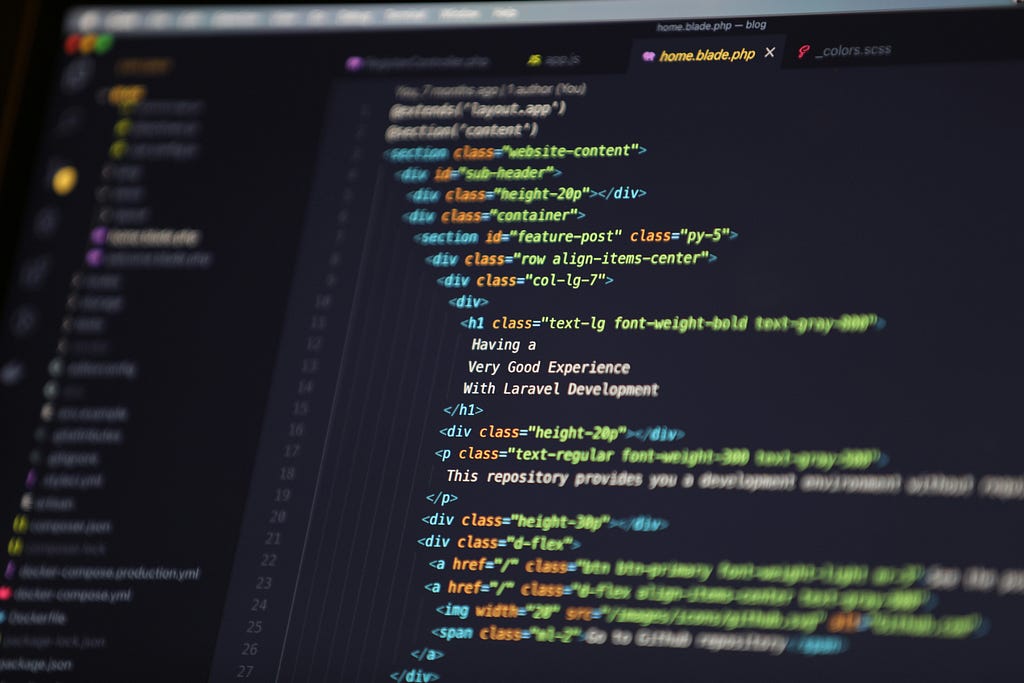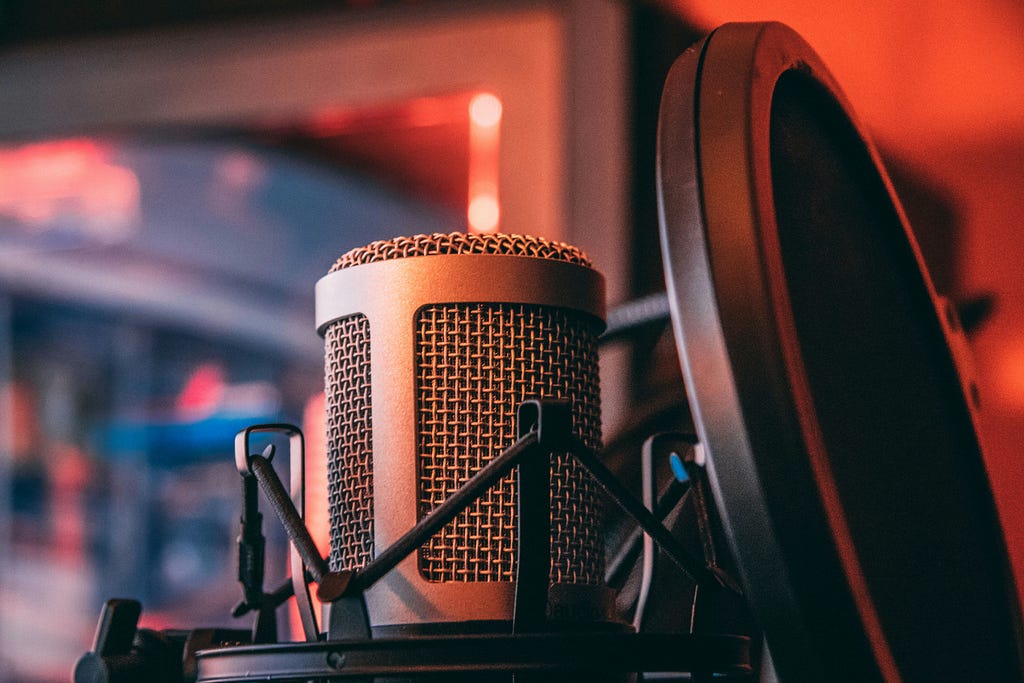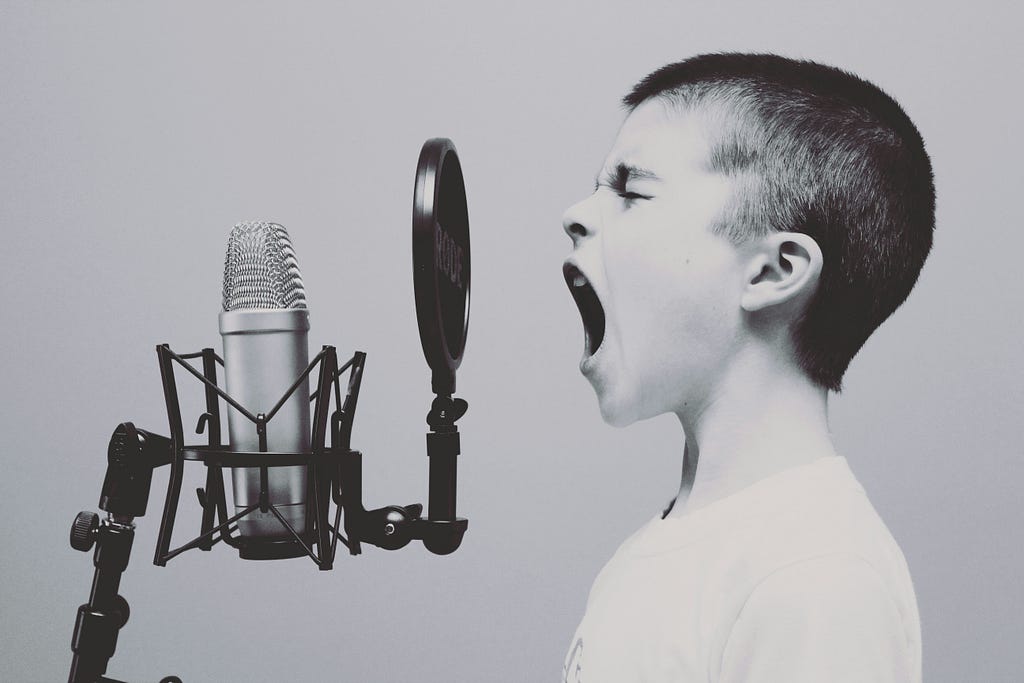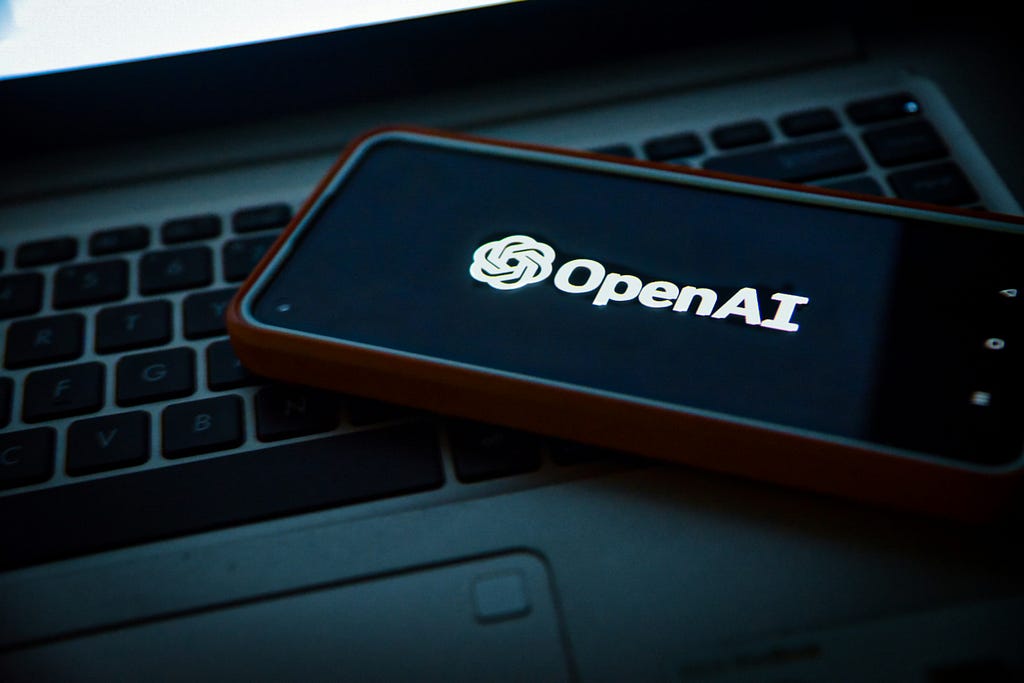Some common patterns in AI generated images

You’ve seen them. The almost-too-perfect faces. The dreamy vacation pics that look like they were spit out of a Pinterest hallucination. The “photographs” that feel like someone dreamed a memory and hit print.
Welcome to the era of AI-generated images.
GPT-4o, Midjourney, DALL·E, Stable Diffusion, the whole gang — they’re churning out digital art that’s disturbingly believable and occasionally beautiful. But also… weird. Wrong.
Like a wax museum version of reality that only fools you until you stare too long.
So how do you actually tell an image is AI generated or not? Not just “vibes,” but tangible, specific red flags. Here’s a very human breakdown of what to look for — organized by theme, because I like you and I want your brain to survive this.
1. Human Features: Almost, But Not Quite

Replicating human face is still one of the toughest task for AI due to its complex design. Some common challenegs faced :
Faces: Eyes, noses, and mouths may be placed oddly. Ears might be mismatched or misplaced.
Hands: Extra fingers, twisted joints, or fingers that look melted together.
Teeth: Too many, too few, or fused into a single block.
Eyes: Unnatural shine, multiple light reflections, or pupils that don’t match.
Skin: Too smooth, or with strange, unnatural textures.
2. Clothing and Accessories

This is again a tricky segment for AI to generate perfectly
- Jewelry: Earrings that blend into skin, necklaces that don’t hang right.
- Fabric: Wrinkles that look painted on, or clothes merging with skin.
- Hats and bags: Floating or warped, as if gravity doesn’t apply.
3. Hair and Fur

Hahaha, this is actually tricky for humans as well to design/draw, not just for AI
- Hair: Strands that float unnaturally or clump together strangely.
- Animals: Fur that looks painted, or extra/missing limbs.
4. Text and Patterns

AI is pretty bad with text writing in images. Though GPT-4o has improved massively on that, its still far from perfect:
- Words: Gibberish or letters that don’t form real words.
- Repeating designs: Wallpaper, tiles, or flowers that look identical.
5. Lighting and Shadows
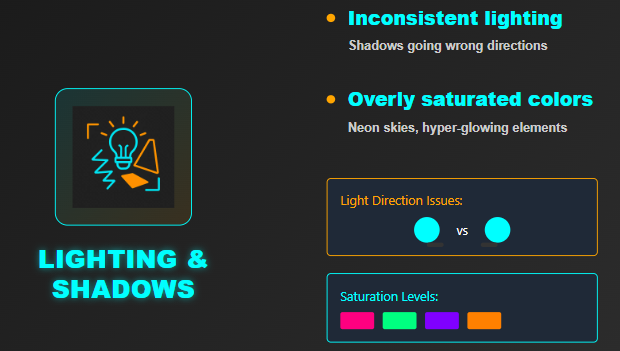
Again a tough segment to generate using AI, especially shadows
- Shadows: Missing, or pointing in impossible directions.
- Highlights: Overly bright skin or eyes that glow unnaturally.
- Colors: Too vibrant or unrealistic (e.g., neon skies).
6. Background and Environment
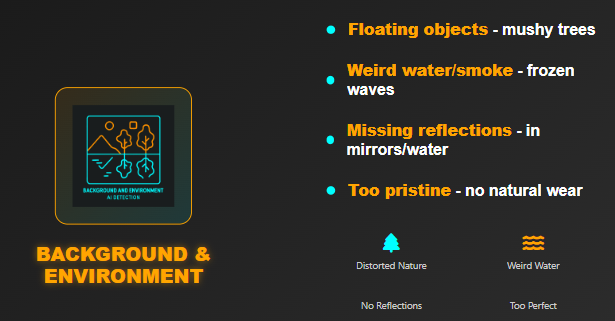
- People/objects in the distance: Strange details (three eyes, distorted shapes).
- Nature: Water, smoke, or fire that looks frozen or fake.
- Reflections: Missing or not matching the objects they should reflect.
- Surfaces: Too clean, with no scratches, dust, or wear.
7. Perspective and Scale

- Proportions: Faces too large, furniture too small, buildings bending oddly.
- Depth: Objects that should be in focus are blurry, or vice versa.
8. Digital Glitches

- Random blurs or smudges: Like the AI gave up on certain areas.
- Odd textures: Strange patches of color or noise where they shouldn’t be.
9. Emotion and Feeling
- Expressions: People look stiff, overly posed, or unnaturally happy.
- No sense of a real moment: The image feels staged, not natural.
And there are many other things !!
Why Spotting AI Images Matters: A Conclusion
AI-generated images are getting scarily realistic — but that doesn’t mean we should stop questioning what we see:
- Misinformation spreads fast. Fake images can distort reality, fuel false narratives, and even sway opinions.
- Scams and fraud rely on deception. From fake profiles to doctored “proof,” AI images make scams harder to catch.
- Trust erodes when everything feels fake. If we can’t tell what’s real, skepticism takes over — even for genuine content.
The bottom line? Healthy skepticism is your best defense. The more you train your eye to spot AI’s quirks, the harder it becomes for fake visuals to fool you.
So next time an image looks too polished, too bizarre, or just off in ways you can’t explain — pause. Look closer. Because in a world where seeing isn’t always believing, a critical eye is your superpower.
Stay curious. Stay skeptical. And keep reality real.
How to detect AI images? was originally published in Data Science in Your Pocket on Medium, where people are continuing the conversation by highlighting and responding to this story.
